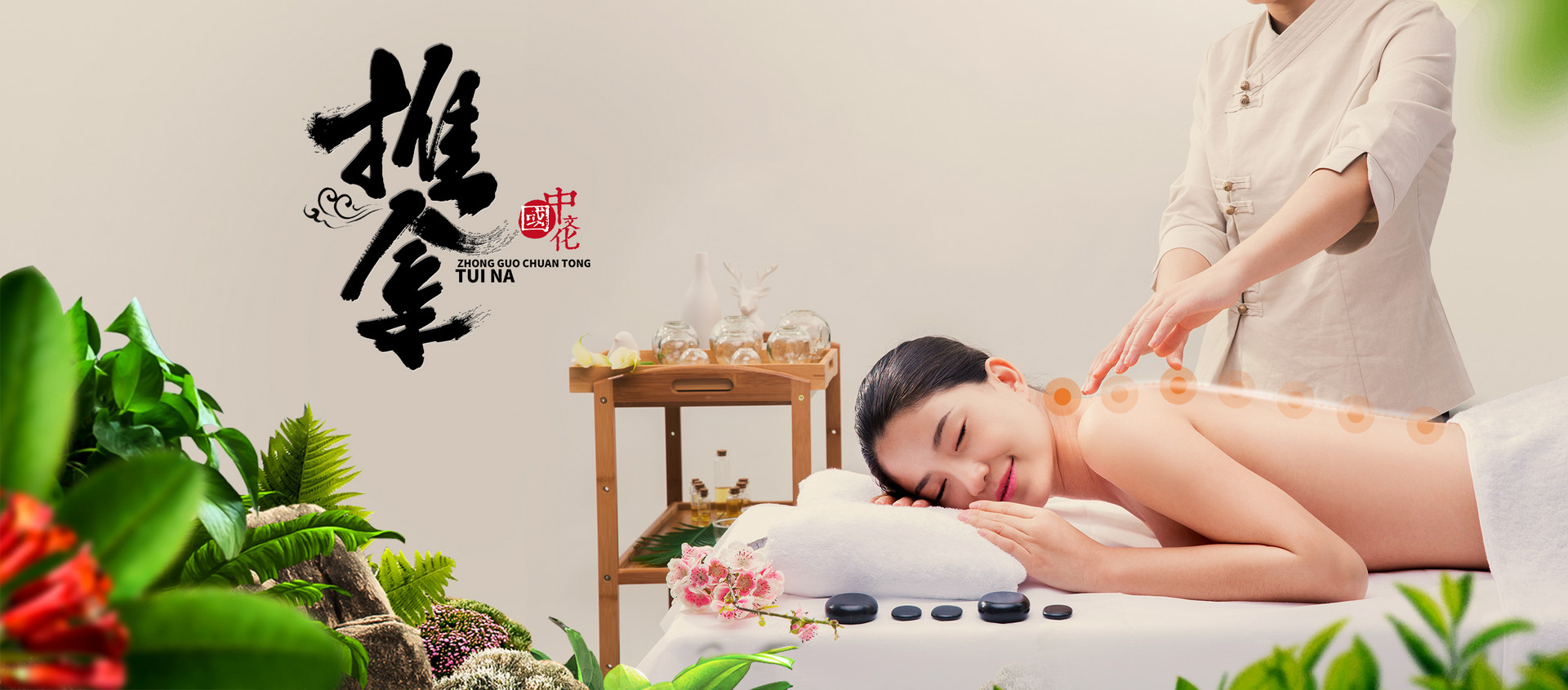Social development and improvement in living standards have made massage one of the popular methods for health preservation. Massage has almost no side effects and is suitable for the elderly, middle-aged people, and even children. Today, I will explain to you how traditional Chinese medicine massage can be used for children's health preservation. As a parent, I'm sure you can't wait to know more. Let's take a look at the detailed introduction below.
Traditional Chinese medicine massage can treat pediatric torticollis
Pediatric cervical spondylosis, also known as pediatric torticollis, is a condition where the bones and muscles in the neck are weak and can cause asymmetry in the head or face, and even deformities in severe cases.
Now let me introduce a traditional Chinese medicine kneading technique to treat pediatric torticollis.
Step 1: The child lies on their back. The doctor applies a small amount of talcum powder to the sternocleidomastoid muscle on the affected side and then uses a rubbing technique to promote blood circulation.
Step 2: The doctor uses their thumb and index finger to pinch and flick the sternocleidomastoid muscle on the affected side 10 times to release any adhesions.
Step 3: The doctor uses their thumb to gently knead the lump for 10 minutes to disperse blood stasis and reduce swelling.
Step 4: The doctor holds the child's head with both hands, straightens the neck, and gently rotates it to improve neck mobility.
Step 5: The doctor uses their thumb and index finger to knead the starting and ending points of the sternocleidomastoid muscle to relieve its contraction. The entire treatment process takes 30 minutes.
During the treatment process, it is recommended to use a low pillow made of millet. When the child is lying on their back, the pillow should be placed under the neck on the affected side to maintain the correct sleeping posture. When sleeping on their side, the child's neck should be facing downwards, and the pillow should be placed under the child's ear to elongate the neck.
At the same time, experts remind parents that congenital torticollis is generally believed to be related to the prenatal and delivery process. Therefore, if there were any abnormalities during pregnancy or delivery, it is important to observe the child's neck for lumps or cord-like swellings. The best time for treatment is between two months and one year of age. After the age of three, surgical treatment may be necessary. Therefore, early detection and treatment are key to managing this condition.
Congenital muscular torticollis, commonly known as wry neck, is a congenital deformity characterized by the tilting of the head and neck towards the affected side due to the contraction of the sternocleidomastoid muscle.
The main pathological changes of congenital torticollis occur in the sternocleidomastoid muscle in the neck, which is fibrosis of the muscle fibers, but the exact cause is unclear. As the child grows, facial asymmetry, forward head posture, and a lower position of the ear, nose, and mouth on the affected side can gradually appear, while the face on the healthy side appears longer, straighter, and thinner. In some cases, it can also cause cervical scoliosis and misalignment of the eyes. If not treated promptly, the deformity will gradually worsen with age.











